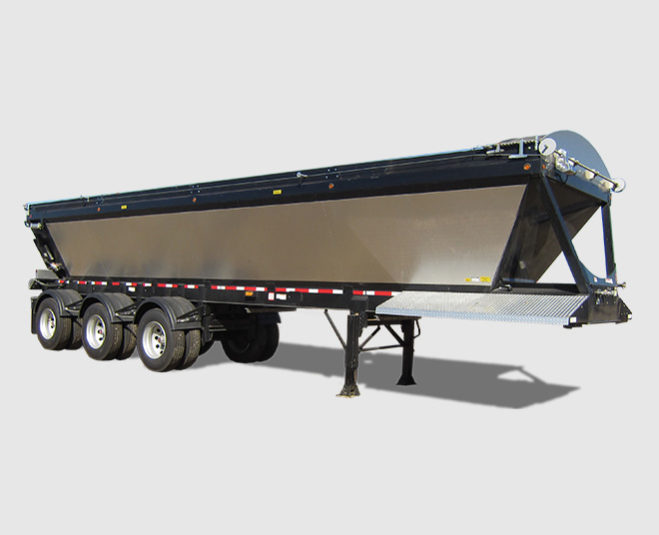Ontario’s highways are the lifelines that connect the province’s diverse communities, facilitate commerce, and support daily commutes for millions. Ensuring these roadways are safe, efficient, and durable requires continuous maintenance and innovative construction techniques. One such method that has gained prominence in recent years is live bottom work. This blog post delves into what live bottom work entails, its benefits, and its impact on highway construction and maintenance in Ontario.
What is Live Bottom Work?
Live bottom work involves the use of live bottom trailers, a type of transport equipment designed to unload materials such as asphalt, sand, gravel, and other aggregates efficiently. Unlike traditional dump trucks, live bottom trailers have a conveyor belt system at the bottom of the trailer bed that moves the load out evenly. This method offers several advantages over conventional dumping techniques, especially in the context of highway construction and maintenance.
The Advantages of Live Bottom Work
- Enhanced Safety: One of the primary benefits of using live bottom trailers is the increased safety they offer. Traditional dump trucks raise their beds to unload materials, which can create instability and the risk of tipping over. Live bottom trailers, on the other hand, remain stable as they unload, significantly reducing the risk of accidents.
- Improved Efficiency: Live bottom trailers allow for continuous, controlled discharge of materials, which leads to more precise placement. This precision is crucial for tasks such as laying asphalt, where even distribution is necessary to achieve a smooth and durable surface. The continuous flow also reduces the need for additional machinery to spread materials, streamlining the entire process.
- Versatility: These trailers are versatile and can handle a variety of materials, making them ideal for different stages of highway construction and maintenance. Whether it’s spreading gravel for a new road base or laying down asphalt, live bottom trailers can adapt to the specific needs of each project.
- Reduced Environmental Impact: Live bottom trailers contribute to reducing the environmental footprint of highway work. By enabling more precise material placement, they help minimize waste. Moreover, the reduced need for additional spreading equipment translates to lower fuel consumption and emissions.
Live Bottom Work in Ontario
Ontario has been proactive in adopting live bottom work techniques for its highway projects. This approach aligns with the province’s commitment to innovation and sustainability in infrastructure development. Here are some key aspects of how live bottom work is being utilized in Ontario:
- Construction Projects: New highway construction projects in Ontario often employ live bottom trailers to ensure efficient and high-quality material placement. This method helps in building stronger and more resilient roadways that can withstand heavy traffic and harsh weather conditions.
- Maintenance and Repairs: Live bottom work is also crucial for maintenance and repair projects. The ability to distribute materials evenly and precisely is invaluable for patching potholes, resurfacing roads, and performing other maintenance tasks. This ensures that repairs are long-lasting and reduce the need for frequent rework.
- Winter Road Management: In winter, live bottom trailers are used to spread sand and salt more effectively on icy roads. Their ability to spread materials evenly and over a wide area ensures better traction and safety for drivers during the harsh Ontario winters.
Impact on the Community and Economy
The adoption of live bottom work has a significant positive impact on both the community and the economy. Safer, well-maintained highways mean fewer accidents and less downtime due to road closures. This improves the overall quality of life for residents and supports economic activities by ensuring that goods and services can be transported efficiently.
Additionally, the reduced environmental impact of live bottom work aligns with Ontario’s broader sustainability goals. By minimizing waste and lowering emissions, this method contributes to the province’s efforts to combat climate change and promote eco-friendly practices.
Conclusion
Live bottom work represents a significant advancement in highway construction and maintenance in Ontario. Its benefits in terms of safety, efficiency, versatility, and environmental impact make it a preferred method for modern infrastructure projects. As Ontario continues to grow and evolve, innovative techniques like live bottom work will play a crucial role in building and maintaining the robust transportation network needed to support the province’s future.

